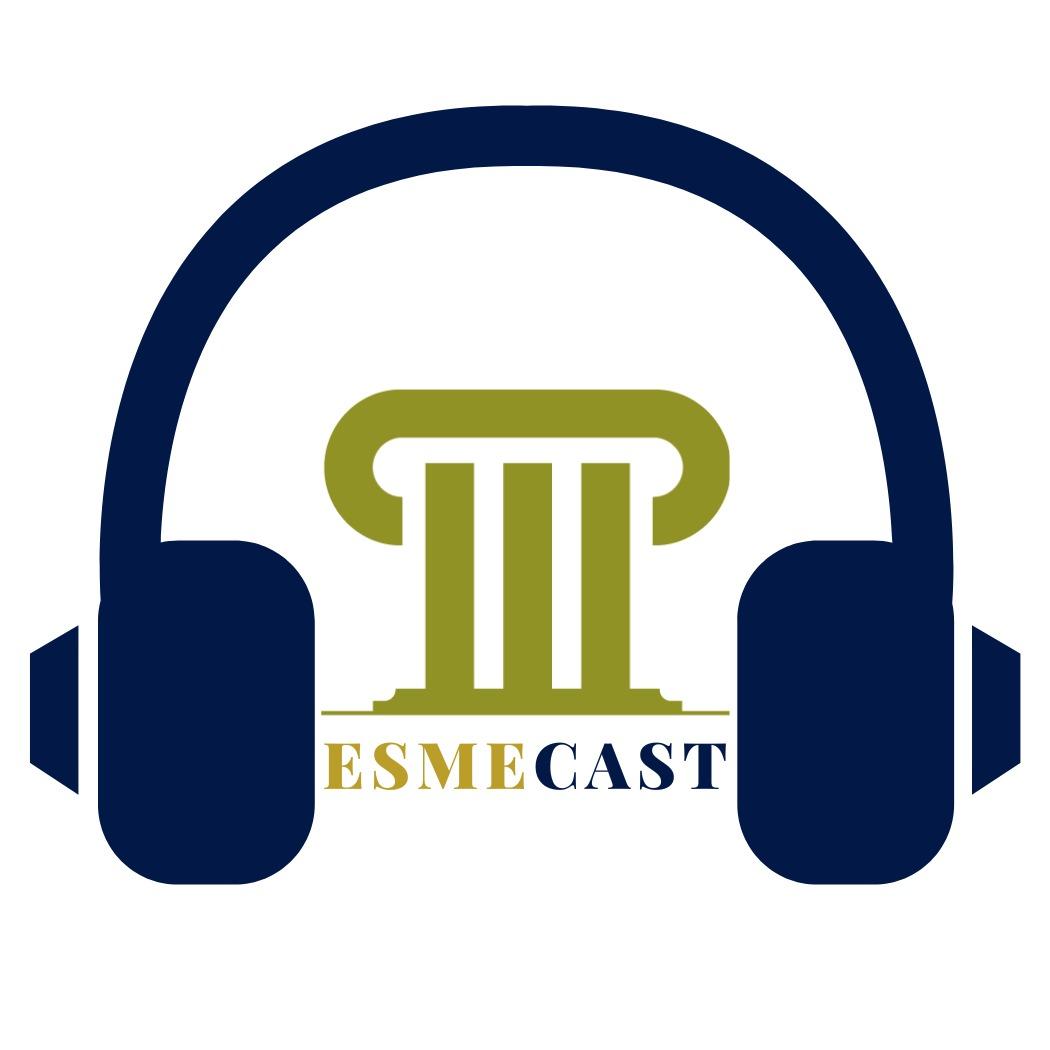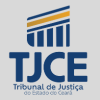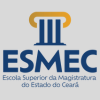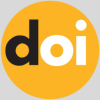Editorial Policies
- About Themis Magazine
- Focus and Scope
- Creative Commons
- Peer Reviwe Process
- Frequency
- Open Access Policy
- Archiving
- Copyright and Author Responsibility
About Themis Magazine
Themis Magazine, the official scientific journal of the Superior School of Magistracy of the State of Ceará (ESMEC), publishes scientific manuscripts, following the editorial line "Justice, Public Management, Human Rights, Education and Public Policies".
Focus and Scope
The journal will publish articles selected through the double-blind system, within the editorial line "Justice, Public Management, Human Rights, Education and Public Policies".
Creative Commons
The contents of this open access journal in electronic version are licensed under the terms of a Creative Commons License: https://creativecommons.org/licenses/by-nc/4.0/

Peer Review Process
All articles submitted to the journal are evaluated by reviewers who are unaware of the authors of the articles being evaluated, and vice versa. Articles are sent to two reviewers and, if necessary, to a third if there is still uncertainty regarding approval for publication.
Articles may occasionally be approved conditionally, in which case they will be returned to the authors for corrections or changes recommended by the reviewers.
Only articles approved by at least two reviewers will be published.
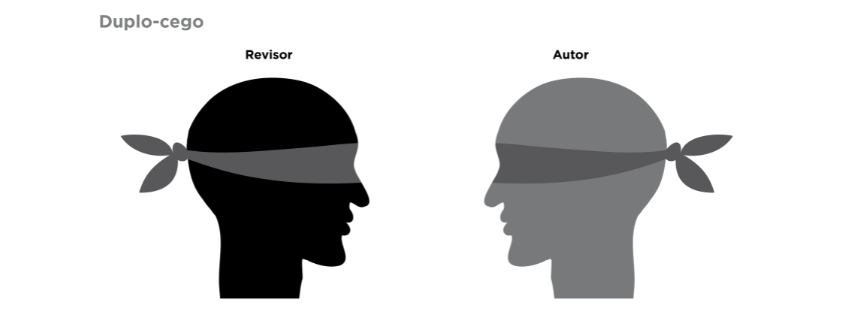
Periodicity
Until volume 8 (2010), the journal was published biannually.
Starting with volume 9 (2011), the journal became annually.
Starting with volume 15 (2017), the journal returned to biannually.
It has always been distributed free of charge in print and available on the ESMEC website.
Starting with volume 13 (2015), Themis Journal began to be published electronically, adopting the SEER (Electronic Journal Publishing System) platform, without affecting the circulation of the printed editions, by the Ceará Court of Justice Press.
Open Access Policy
This journal offers immediate open access to its content, following the principle that making scientific knowledge freely available to the public has led to greater global democratization of knowledge since 1997, according to the openaccess website: https://www.openaccess.nl/en/what-is-open-access

Archiving and Digital Preservation
This journal is committed to preserving its digital content for the long term. To this end, it is part of the Cariniana Network, a Brazilian initiative coordinated by the Brazilian Institute of Information in Science and Technology (IBICT), dedicated to the digital preservation of Brazil's scientific heritage.
The Cariniana Network uses internationally recognized technologies, such as the LOCKSS (Lots of Copies Keep Stuff Safe) and CLOCKSS (Controlled LOCKSS) systems, which guarantee the integrity, authenticity and continuous accessibility of published content, even in the face of technical failures, service discontinuity or other contingencies.
These systems work through the decentralized replication of archives across multiple partner institutions, ensuring that the journal's content is preserved securely and reliably over time.
Copyright and Author's Responsibility
Copyright of articles remains with the authors themselves, ensuring that ownership of the creation remains with its legitimate creators. However, by submitting their work for publication, authors authorize the journal to disseminate and make the content publicly available.
It is the author's responsibility to ensure that the submitted material is original, unpublished, and does not infringe on third-party copyrights.




